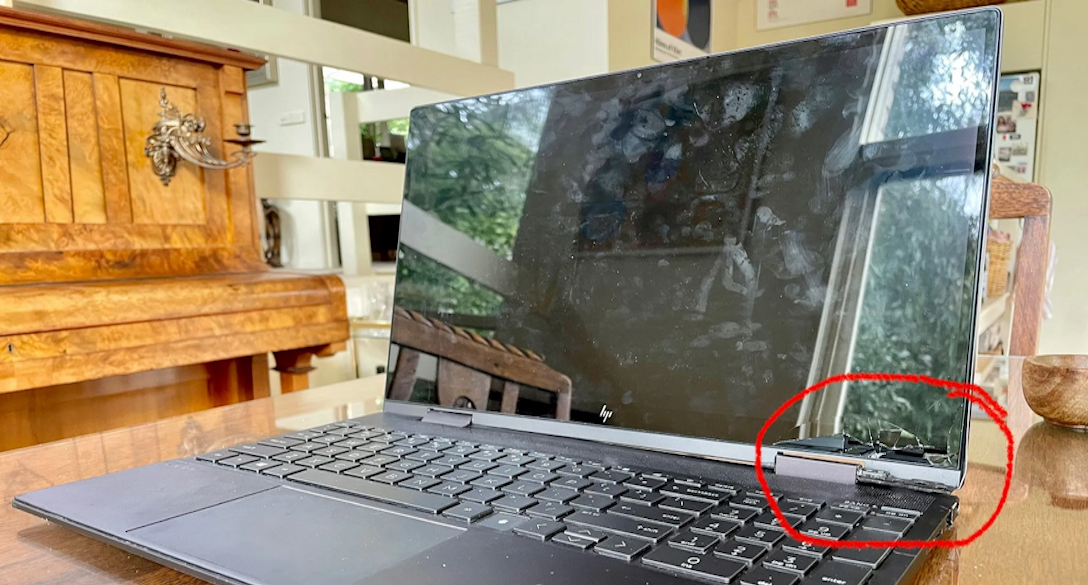Improving gender equality will help end violence against women, but it’s only part of the puzzle
- Written by Stephanie Lusby, Research Fellow, La Trobe University

The spike in reports of women murdered by men this year has prompted widespread conversations across Australia about how we end gender-based violence[1]. Much of this discussion has been about the importance of creating a more gender-equal society.
This then spurred conversations about the “Nordic paradox[2]”. This theory[3] questions why countries closer to achieving gender equality still report high rates of violence against women.
Countries such as Iceland elect more women to parliament, have more equitable parental leave policies and better pay parity, but have rates of violence similar to ostensibly less gender-equal countries.
At first glance, this seems an interesting contradiction. However, research[4] informing Australian approaches is clear. These forms of gender parity are important, but they’re not enough to prevent violence against women on their own.
What is Australia doing?
In Australia, there’s a large focus on primary prevention, or stopping violence happening in the first place. This work happens alongside other prevention efforts that ensure perpetrators are helped to change their behaviour and keep survivors safe. This continuum is often talked about as fitting into three categories of effort[5]: primary, secondary and tertiary prevention.
Primary prevention means changing the social conditions that allow gender-based violence to occur. This requires comprehensive effort across every setting where we live, work, play and learn, to address the gendered drivers of violence and the reinforcing factors that can make this violence more severe.
Secondary prevention, also called early intervention, aims to support people (predominantly men[6]) who have used violence (or are at risk of doing so) from perpetrating further harm. Tertiary prevention is also referred to as crisis response. This category supports victim-survivors to get help, such as safe housing and emergency funds when escaping violence. It also includes men’s behaviour change programs and law and justice responses to perpetrators.
Work to address the gendered drivers of violence happens across all these categories. However, Australia’s National Plan to end violence against women[7] rightly emphasises the importance of dedicated attention to primary prevention. Most primary prevention efforts in Australia draw on international evidence reviews[8], developed by Our Watch into a framework called Change the Story[9]. This sets out four categories of gendered drivers of violence against women:
condoning of violence against women
men’s control of decision-making and limits to women’s independence in public and private life
rigid gender stereotyping and dominant forms of masculinity
male peer relations and cultures of masculinity that emphasise aggression, dominance and control.
Layers of complexity
Violence against women is a complex, multi-layered problem. These four categories overlap with drivers[10] of other forms of structural discrimination. Ableism[11], colonialism and racism[12] and heteronormativity and cisnormativity[13] (building society around the idea that heterosexual and cisgender people are the norm) all add complexity.
Change the Story also highlights additional factors to consider, such as heavy alcohol use or backlash to gender equality.
Alone, these do not necessarily cause gender-based violence, but they do reinforce the likelihood that violence will occur or cause significant harm.
All these dynamics shape how gender-based violence is perpetrated and experienced by different cohorts[15] of the community. Addressing these different needs, therefore, should be tailored and comprehensive.
This is already happening in many areas. Programs in faith-based organisations and different diasporic communities[16], women’s health networks[17] and Aboriginal community-controlled organisations[18] take this approach. So too do programs led by people with disability[19] and those in LGBTQIA+[20] communities.
Measuring the wrong things
Primary prevention calls on everyone to help change social norms, while not losing sight of the need for broader structural change.
The multifaceted nature of these strategies means measuring success based only on the data used to construct the Nordic paradox is like critiquing a theatre performance purely on the set design. It’s important, but you must also consider the efforts of the playwrights, actors and directors when deciding whether the play is a success.
Studies[21] used to inform the Nordic paradox report on measures of gender equality where progress is easier to track across more countries. Measures include who is accessing education and health services, who is going to work, who is in parliament, how much people are paid, and what laws are in place.
These play an important role in progressing efforts on the ground. Reducing structural barriers to things like women’s financial security, for example, makes a tangible difference.
However, such broad metrics can’t tell us how individual people react to such changes. They don’t provide insight into how reforms are administered and taken up. They don’t reveal whether men think violence against women is a problem[23] or how people think they should behave in intimate relationships. Nor do they say anything about how men think about consent[24] or pornography[25], or how men talk to each other about women.
Piecing the puzzle together
In Australia, there are different studies that build a more nuanced picture of progress to address all the drivers. These exist alongside tracking progress towards gender parity across measures considered in the Nordic paradox.
We measure change over time in attitudes[26] towards gender equality and violence against women across Australia. There’s also work considering how men’s endorsement of harmful masculine norms[27] shapes their attitudes towards women and gender-diverse people. This research provides crucial insight into where change is happening at a national level.
We also need to understand how and why progress is (or isn’t) made locally. We need to consider the effectiveness of all prevention initiatives, including respectful relationships education[28], equitable parenting initiatives[29] and digital campaigns[30]. We need more research to understand how, why and by whom violence is perpetrated[31].
We then need to bring all these separate pieces together to complete the puzzle. What’s the cumulative impact of all these programs and services, and how do they work together?
This kind of evaluation is a work in progress for Australia[32]. However, we know from international examples[33] that they can demonstrate powerful change[34].
Ending gender-based violence requires complex strategies informed by an evolving evidence base. This must include more than high-level gender parity measures.
References
- ^ end gender-based violence (www.pm.gov.au)
- ^ Nordic paradox (www.abc.net.au)
- ^ This theory (www.sciencedirect.com)
- ^ research (anrows.intersearch.com.au)
- ^ three categories of effort (safeandequal.org.au)
- ^ predominantly men (violenceagainstwomenandchildren.wordpress.com)
- ^ Australia’s National Plan to end violence against women (www.dss.gov.au)
- ^ international evidence reviews (www.oecd.org)
- ^ Change the Story (www.ourwatch.org.au)
- ^ overlap with drivers (www.respectvictoria.vic.gov.au)
- ^ Ableism (www.ourwatch.org.au)
- ^ colonialism and racism (www.ourwatch.org.au)
- ^ heteronormativity and cisnormativity (www.latrobe.edu.au)
- ^ Lukas Coch/AAP (www.photos.aap.com.au)
- ^ different cohorts (www.vichealth.vic.gov.au)
- ^ faith-based organisations and different diasporic communities (www.mcwh.com.au)
- ^ women’s health networks (www.whv.org.au)
- ^ Aboriginal community-controlled organisations (djirra.org.au)
- ^ disability (www.wdv.org.au)
- ^ LGBTQIA+ (www.transfemme.com.au)
- ^ Studies (eige.europa.eu)
- ^ Shutterstock (www.shutterstock.com)
- ^ is a problem (onlinelibrary.wiley.com)
- ^ consent (www.teachusconsent.com)
- ^ pornography (itstimewetalked.com)
- ^ attitudes (www.ncas.au)
- ^ harmful masculine norms (jss.org.au)
- ^ respectful relationships education (www.anrows.org.au)
- ^ equitable parenting initiatives (aifs.gov.au)
- ^ digital campaigns (www.respectvictoria.vic.gov.au)
- ^ perpetrated (www.anrows.org.au)
- ^ work in progress for Australia (www.premier.vic.gov.au)
- ^ international examples (ww2preventvawg.org)
- ^ change (bmcmedicine.biomedcentral.com)













